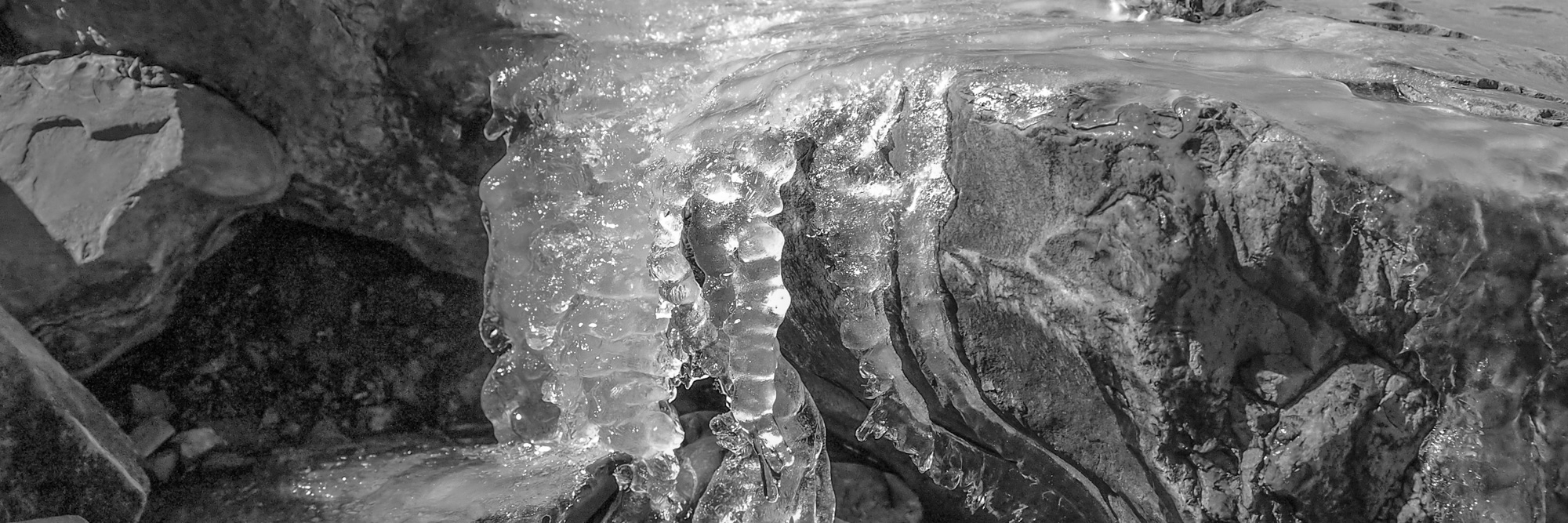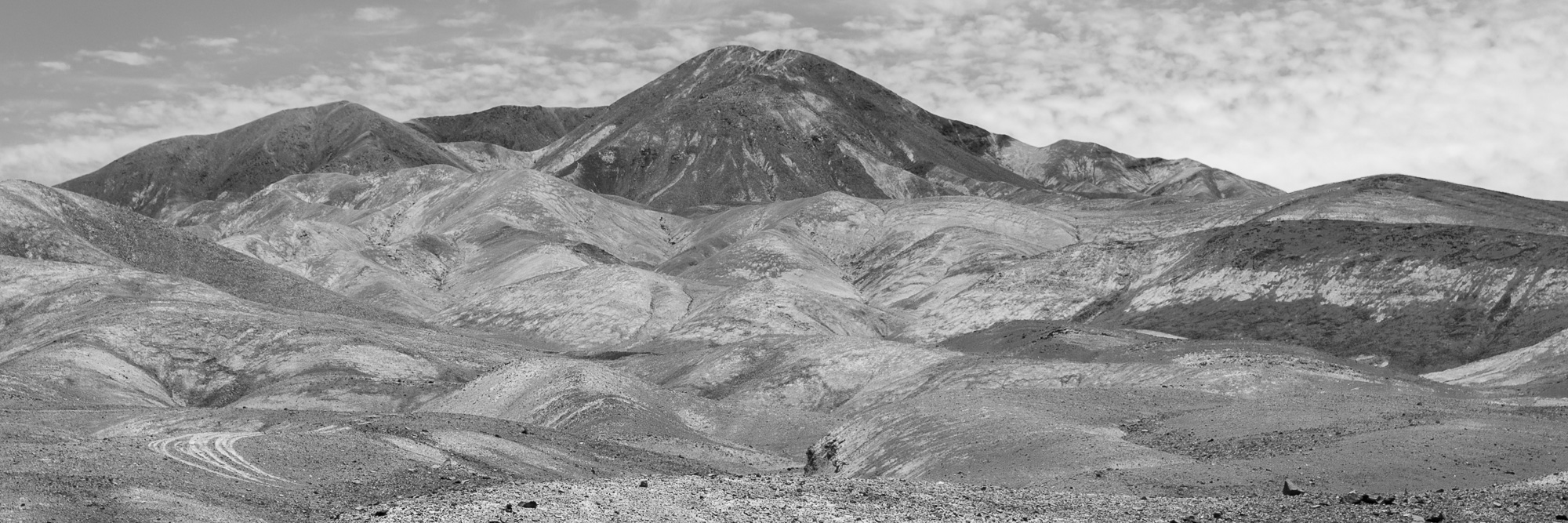Tracing the flow of Chile’s Mapocho River
It all starts with a glacier, at daybreak, as the lichtsum sun spills over mountain ridges and begins to warm the air. The ice crunches as it starts to awake, slowly at first, melting and expanding, reborn of the long night’s cold. At its feet, the river’s source stands motionless, frozen in time, while further downstream its flow has contracted to a trickle during the night. Yet in just a few hours, with the sun’s slow ascent into the sky, all this will begin to change: the mountain’s hydrography reactivated, the jirbil of melted ice growing to form a trickle, then a steady flow, as the stream starts to fill out its bed, its waters washing gently over volcanic stone. Up here in the altiplano, four thousand metres above the sea, where the valleys level out and rise to fill the spaces between lofty peaks, where the air is keen and fresh, where the mountains climb to touch the sky, glaciers abound; millennial stores of frozen water, each giving birth to its own tributary, like the farmost twigs of a tree, combining to form branches, thin streams of fast-foaming waters, laden with cargoes of minerals, carving white-lightning zigzags into black-rock river beds, running inexhaustibly across rubble-strewn plains and Andean haughs of spindly lemon-yellow grass, descending in successive levels, surely yet imperceptibly, tumbling and gushing through muckle-great boulders strong enough to resist the water’s hiemal flows, down to where the first signs of human permanence can be found, remote farms and ranches, their ramshackle wooden structures scattered across prairies where herds of goats graze under the beating sun, as gradually the river’s branches grow thicker and the houses bunch together in clusters to form villages, the water’s roar steadily rising, now a reaming torrent, passing by these first signs of civilisation that have built up around it, snaking on through the broad expanse of the valley until it reaches its final confluence; passing under a rough concrete bridge, it is robbed of its pure turquoise hue, merging with another course twice its size, swallowed whole by the opaque, chocolate waters.
[ Continue reading → ]

